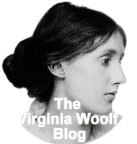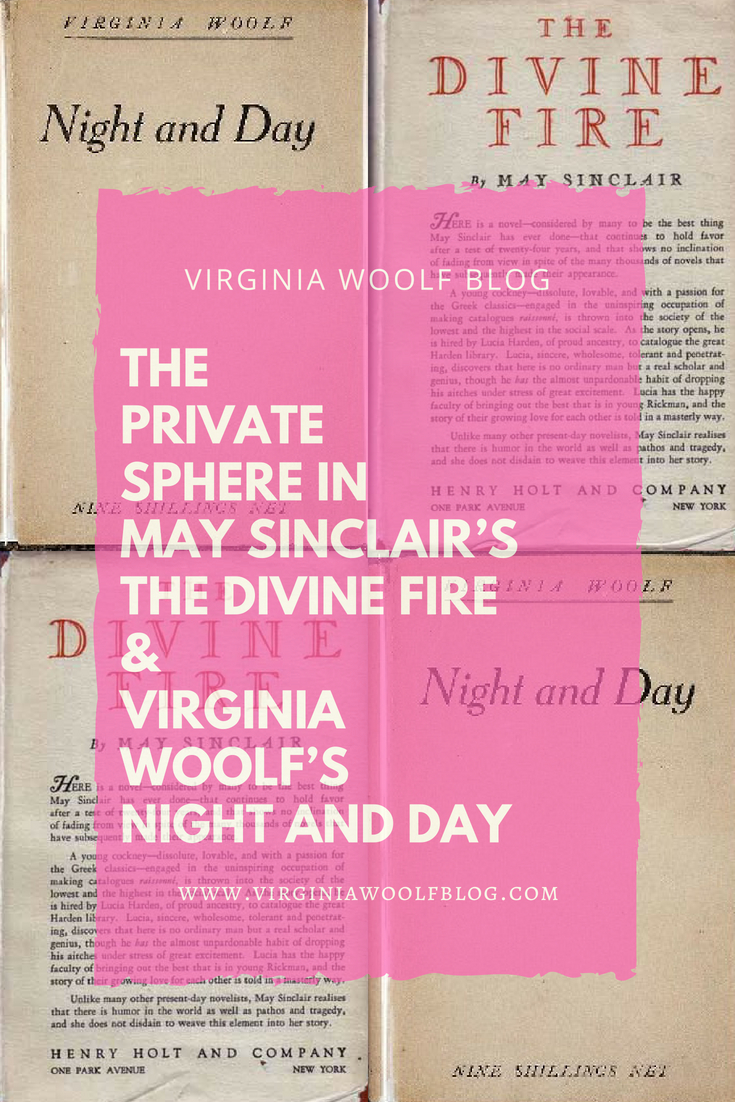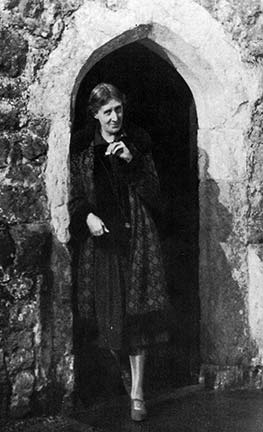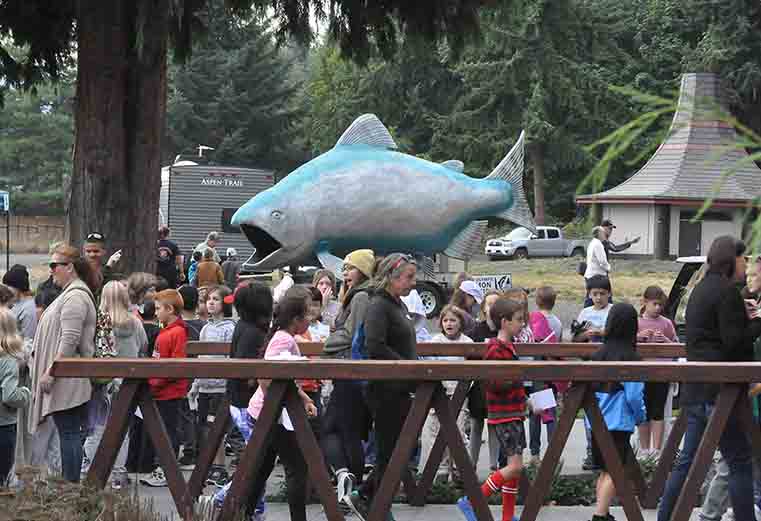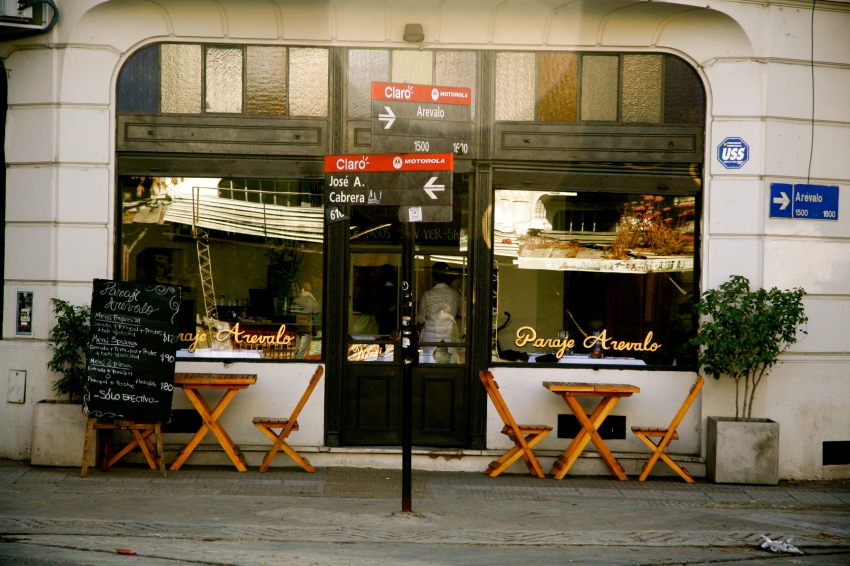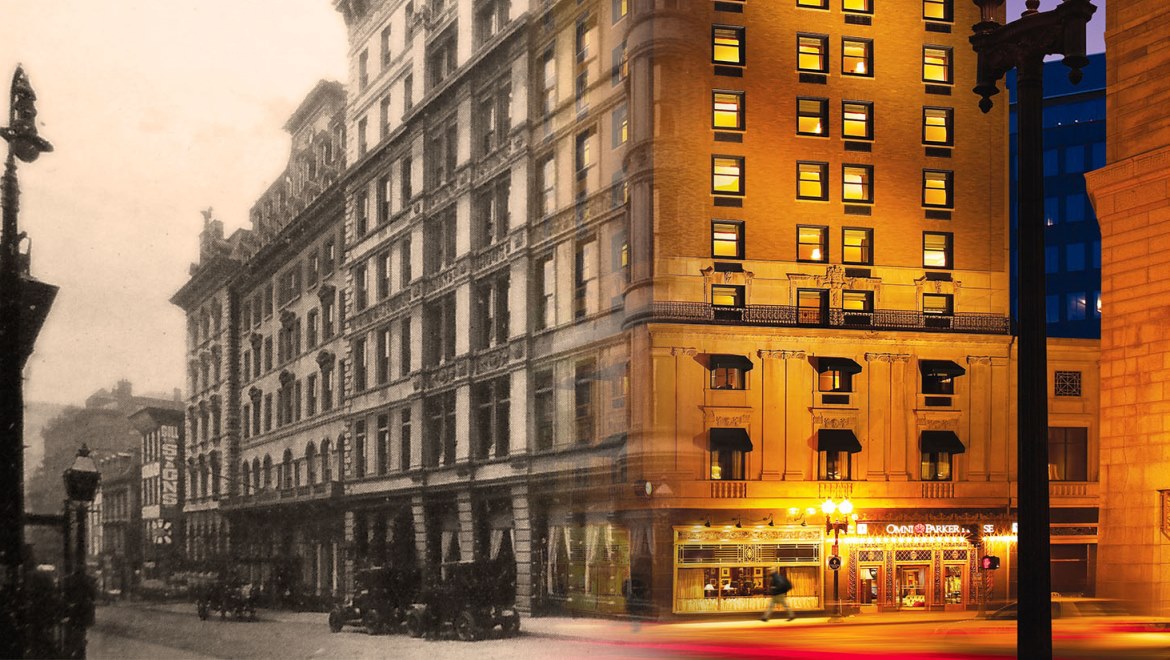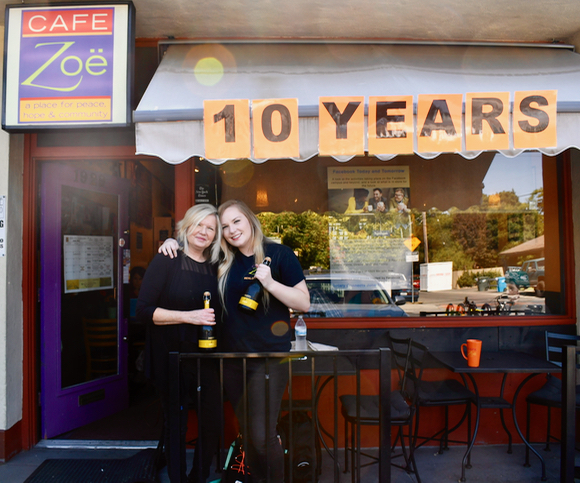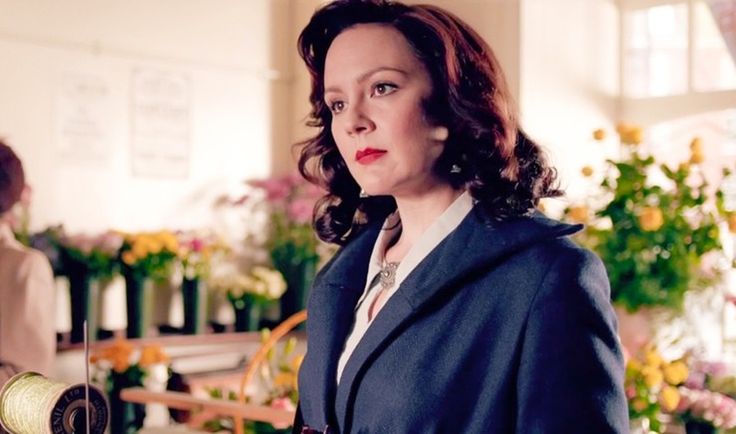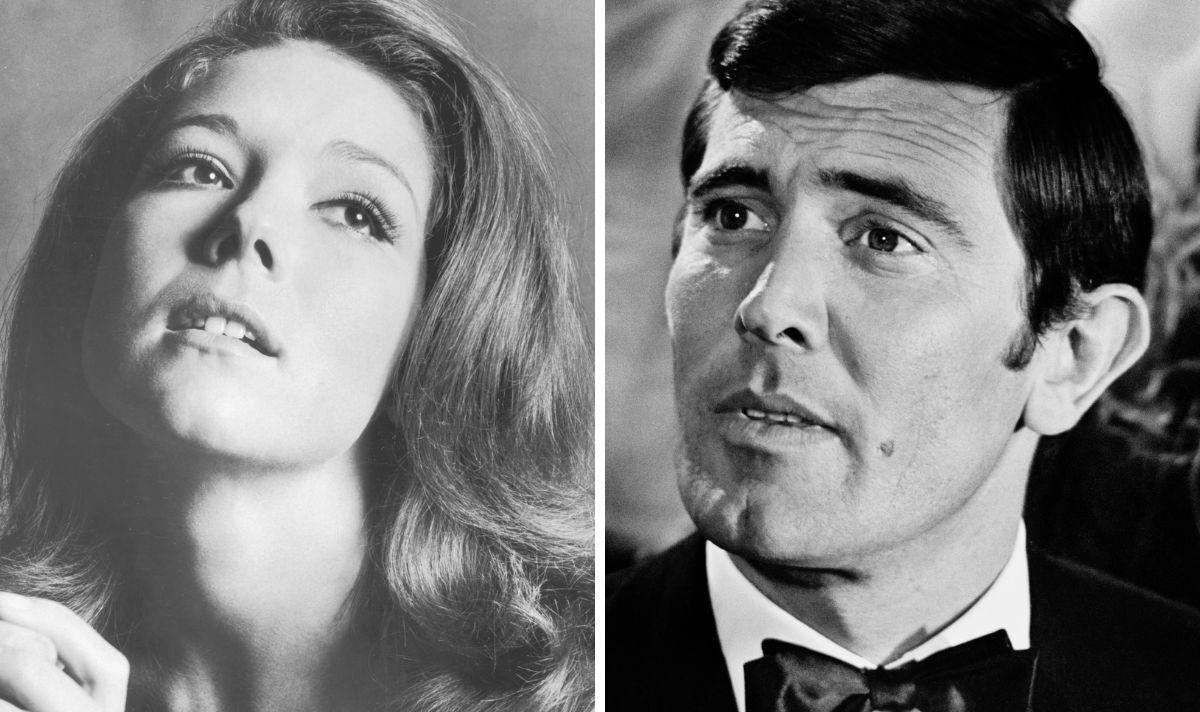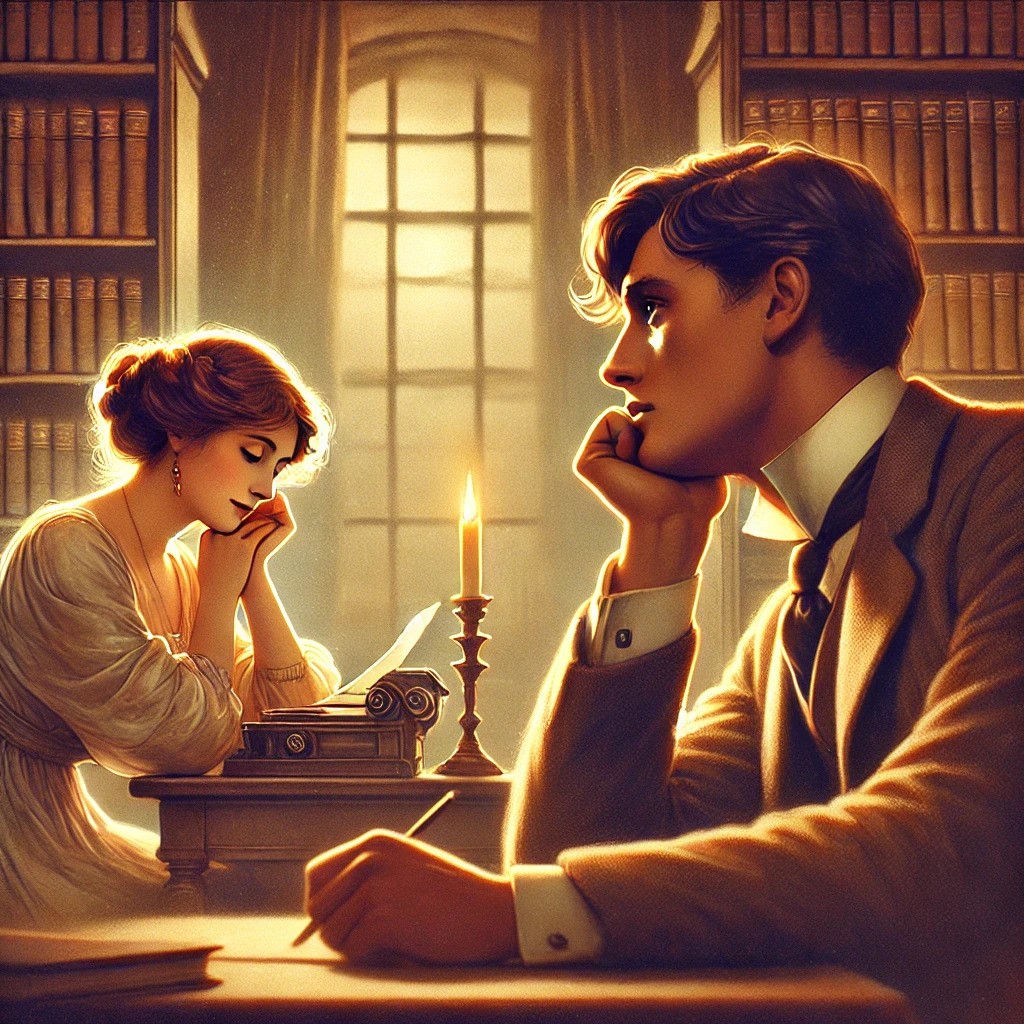
During the summer of 1927, Virginia Woolf discovered she had a new admirer, Philip Morrell, a well-known politician and husband of Virginia’s friend, Lady Ottoline Morrell.
Virginia was a frequent guest at the Morrell’s Garsington Manor, where Lady Ottoline had set up a small community of artists and writers that included many of the Bloomsbury group members as well as writer Aldous Huxley, poet Siegfried Sassoon and philosopher Bertrand Russell.
According to Quentin Bell’s biography of Virginia, Morrell suddenly began to shower Virginia with attention in the summer of 1927:
“That summer, Virginia acquired a motor-car and a lover. The motor-car was an important addition to her life. The lover was Philip Morrell. Amiable and amorous, still handsome and with an honourable career behind him, he was nevertheless somehow ridiculous (or at least Virginia found him so). He pursued her briefly and cumbrously with unexpected visits and tentative love-letters; she eluded him without much difficulty. Neither Vita nor Leonard can have felt a moment’s uneasiness on account of Philip.”
Although Virginia was not interested in Morrell, since she was married to Leonard Woolf and in the midst of a lesbian affair with Vita Sackville-West, she enjoyed his attention.
Jealous of Vita’s numerous relationships with other women, Virginia often mentioned Morrell’s affectionate feelings towards her in an attempt to make Vita envious.
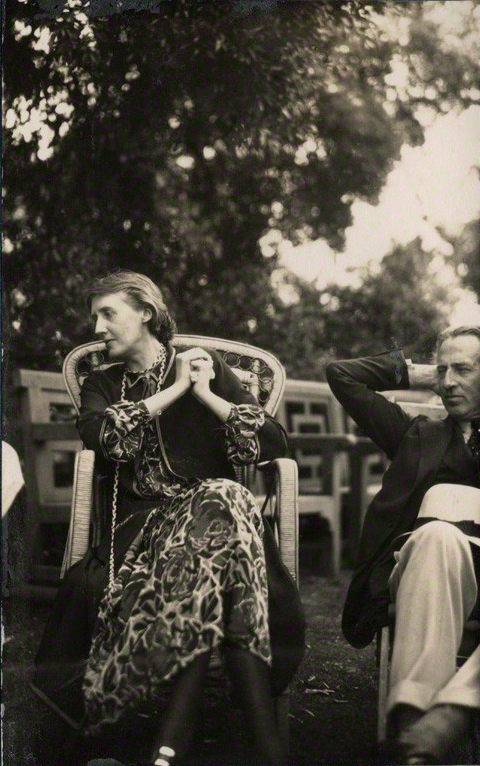
According to the book Virginia Woolf’s Women, Philip was not the only Morrell with an attraction to Virginia. Lady Ottoline Morrell, who was rumored to be bisexual, was also enamored with Virginia and wrote about her often in her diary as well as in her memoirs:
“This strange, lovely, furtive creature never seemed to me to be made of common flesh and blood. She comes and goes, she folds her cloak around her and vanishes, having shot into her victim’s heart a quiverful of teasing arrows.”
Since Philip and Lady Ottoline Morrell had something of an open marriage, the two of them had many affairs with various people, although neither one of them were ever successful with Virginia.
Philip eventually moved on from his crush on Virginia and Virginia remained good friends with both Philip and Lady Ottoline Morrell until Lady Ottoline’s death in 1938 and Virginia’s suicide in 1941.
Sources:
“Virginia Woolf’s Women”; Vanessa Curtis; 2002
“Virginia Woolf: A Biography, Volumes 1-2”; Quentin Bell; 1972
“Virginia Woolf and the ‘Lust of Creation’: A Psychoanalytic Exploration”; Shirley Panken; 1987
